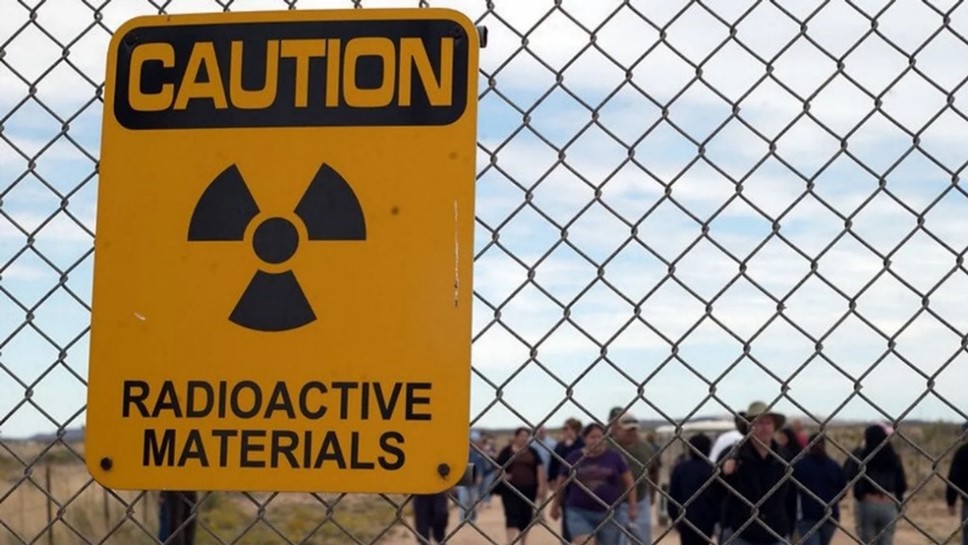
By Leila Waid.
Climate change is already having an enormous impact on our world. All individuals are at risk from the debilitating effects of climate change due to an increase in events such as heat waves, flooding, wildfires, and other natural disasters. However, some individuals are more at risk than others and face higher disparities, such as pregnant women and neonates.
One of the most significant consequences of climate change already being felt are the overbearing heat waves that roll in summer after summer. And every year, it just seems to get hotter and hotter. In fact, not only does it “seem” to, but it actually does get warmer. In fact, “summer 2024…was the warmest summer on record for the Northern Hemisphere, beating the previous record set in 2023 by .66 degrees Celsius, or 1.19 degrees Fahrenheit.” What will next year bring? What about the next five or ten years? And how will the most vulnerable among us be able to adapt to these changes?
Pregnant individuals and their fetuses are extremely vulnerable to health exhaustion and heat stroke. For example, a study found that exposure to high temperatures during pregnancy was associated with an increased risk of childhood lymphoblastic leukemia. Most alarmingly, the study found that the correlation was strongest during the first trimester – specifically at eight weeks of gestation. At eight weeks of pregnancy many individuals may not even know they are pregnant. Thus, this could potentially lead to higher levels of heat exposure since the pregnant person may not realize that they need to take preventive measures, such as staying hydrated and keeping out of direct sun.
Another study found that exposure to high temperatures during pregnancy was associated with an increased risk of the infant being born low-weight and pre-term. The study also found an association between high-temperature exposure and stillbirth. The risk was most pronounced for women in lower socioeconomic levels, with higher income providing a protective factor against the health risks.
And it is not only the fetus that suffers from exposure to high temperatures, but the pregnant person also faces increased health risks. A study found that heat exposure was associated with a 27% increased risk of severe maternal morbidity (SMM). The study defines SMM as a “near-miss for maternal mortality, referring to severe and unexpected conditions during labor and delivery.” Notedly, the study focused on both short-term and long-term exposure to heat and found that both exposure types were associated with an increase in SMM. These findings suggest that even one exposure to a heat wave could impact a pregnant individual’s health status.
Unfortunately, heat waves are not the only pathway through which climate change harms pregnant women health and well-being. For example, researchers are analyzing the effect that flooding has on pregnancy outcomes. A particular concern, especially in low-and-middle-income countries (LMIC), is how flooding can impede individuals’ ability to access much-needed healthcare services, especially in situations where walking to the healthcare center is the only option – such as in this research study conducted in Zambia. And even if transportation access is usually reliable, resources can still become scarce in emergency situations, with ambulances and medical workers being overwhelmed during flooding events. For example, a study found that pregnant women exposed to extreme floods in South Carolina had increased risk of SMM.
However, even putting aside the practical ways, such as transportation, by which flooding can complicate access to prenatal, labor, and post-natal care needs, there is also the emotional toll that the experience places on the pregnant individual. One study focused on comparing mental health outcomes for women who were pregnant during Hurricane Katrina and women who were not. The researchers found that pregnant people had much higher rates of Post-Traumatic Stress Disorder (PTSD) and depression compared to their non-pregnant counterparts.
As evident, the impact of climate change on pregnant people is multidimensional and compounding. But we are not hopeless or helpless in fighting to address this issue. Advocating for climate change policies is the best way to help address the health inequalities pregnant women face and guarantee they and their children can be healthy and thrive. We must ensure that the next generation is born into a greener, more beautiful world.





